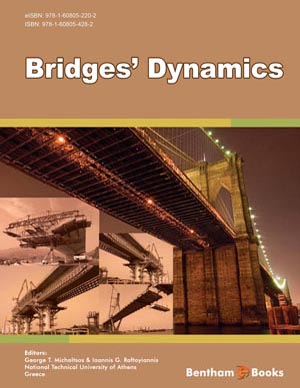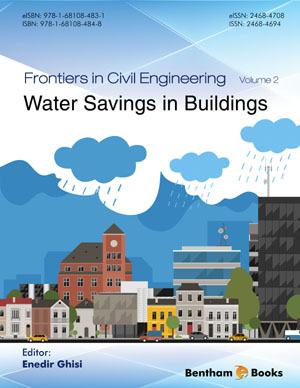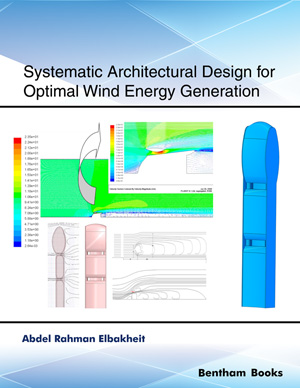Abstract
Regulatory bodies around the world are considering technological solutions to reduce energy consumption, mitigate climate change, improve living conditions, and encourage a more environmentally-friendly construction industry – both quickly and inexpensively. Cool materials are a technology that can contribute to these objectives, particularly in countries with higher energy use during summer or with areas that suffer from the “urban heat island phenomenon” (e.g. big cities). To compare policies that incentivize Cool Materials, a landscape assessment of relevant policies was conducted. The scope includes the most important international, regional, national and local initiatives. The intention of the Landscape Assessment was to give an overview of existing and forthcoming policies that do or may affect the accelerated introduction of Cool technologies. This assessment is the first step in answering the question “how far has policy moved to help promote Cool Materials” which is the first step in determining the chances of amending policy in favor of Cool technologies. Cool technologies are not the panacea to global challenges in these areas, but they offer an affordable solution for many cities. The Landscape Assessment, which was carried out during 2008-2009, considered standards, building regulations, financial incentives and alternative solutions.
Keywords: Cool materials, cool roofs, return on investment, policy, regulation, decision-making, policy-makers, regulators, government, incentives, rebates, energy, environment, industry, market penetration, energy-efficiency, construction, climate change, carbon emissions, energy star.












